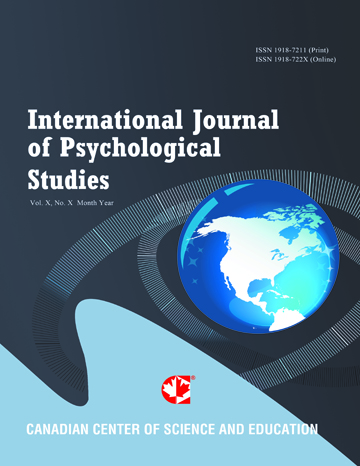Invisible Scars: Uncovering the Psychological Anatomy of Crime Among Former Inmates A Study Conducted in a Reintegration Community Between 2020 and 2023
- Catarina Abrantes
- Jose de Almeida Brites
- Vanda Franco
- Veronica Leiriao
Abstract
This study explores the relationship between psychopathological traits and criminal behavior in a sample of 54 former male inmates living in a Portuguese reintegration community between 2020 and 2023. Using data from the Millon Clinical Multiaxial Inventory (MCMI) and the Mini-Mult, alongside structured clinical risk and protective factors assessments (HCR-20 and SAPROF), we examined associations between psychological profiles, crime type (violent vs. non-violent), and reintegration outcomes.
Descriptive and inferential analyses revealed distinct psychopathological profiles across violent and non-violent offenders, T-test results indicated significantly higher scores in the Antisocial and Narcissistic scales among individuals who committed violent crimes. While the Mini-Mult revealed some positive trends, the MCMI-IV demonstrated greater sensitivity in differentiating clinical profiles, related to violence and risk. Furthermore, individuals with greater psychopathological severity exhibited significantly higher HCR-20 scores (p = .006), indicating elevated risk of recidivism, while no significant association was found with protective factors (SAPROF).
Psychological intervention duration was also predictive of positive outcomes: inmates who received therapy for more than one year were 3.4 times more likely to successfully reintegrate. Conversely, employment status and family support showed no statistically significant impact on reintegration.
These findings underscore the relevance of clinical assessment tools for risk evaluation and highlight the importance of sustained psychological interventions in the rehabilitation process.
- Full Text:
 PDF
PDF
- DOI:10.5539/ijps.v17n3p1
Journal Metrics
1. Citations (March 2025): 10975
3. i10-index (March 2025): 233
For details about the Journal Metrics, please visit the Google Scholar website.
Index
- AcademicKeys
- CNKI Scholar
- Elektronische Zeitschriftenbibliothek (EZB)
- Excellence in Research for Australia (ERA)
- GETIT@YALE (Yale University Library)
- Harvard Library E-Journals
- JournalSeek
- JournalTOCs
- LOCKSS
- MIAR
- Open Access Journals Search Engine(OAJSE)
- Open J-Gate
- PKP Open Archives Harvester
- SHERPA/RoMEO
- Standard Periodical Directory
- The Keepers Registry
- UCR Library
- Ulrich's
- Universe Digital Library
- WorldCat
Contact
- Barbara SunEditorial Assistant
- ijps@ccsenet.org
